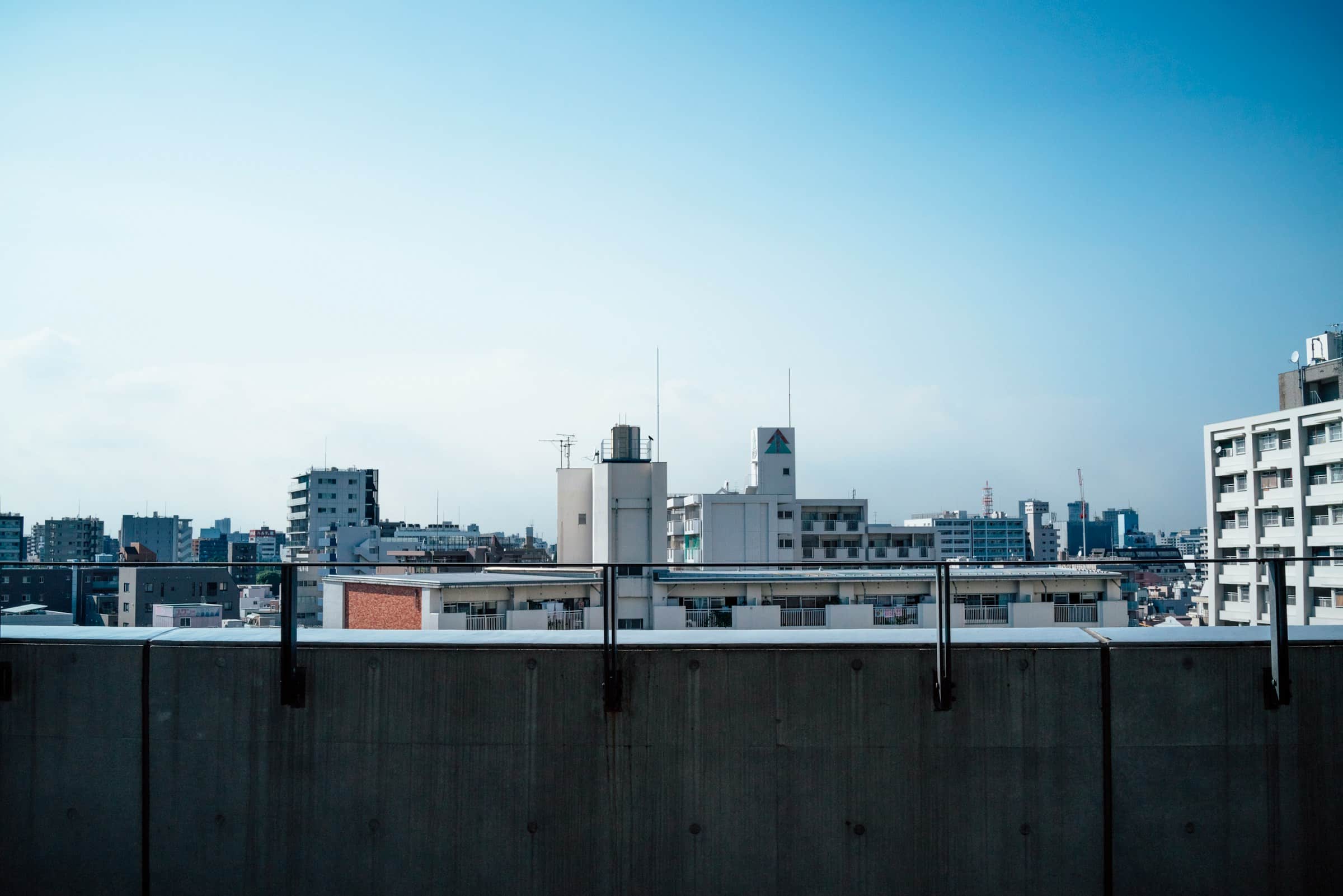What are the most effective ways to handle the relocation of a rooftop beehive in an urban UK setting?

In the heart of the bustling city, atop a towering building, a surprising sight awaits you: a plethora of buzzing, industrious bees. These tiny winged creatures, seemingly out of place in the urban landscape, are part of a growing trend of urban beekeeping. But what happens when their beehive needs to be relocated? How can this delicate process be handled with utmost care and consideration for the bees? Dive into the world of urban beekeeping and explore the most effective ways to tackle the relocation of a rooftop beehive.
Understanding the Importance of Bees and their Hives
Before we delve into the nitty-gritty of beehive relocation, let's first establish a fundamental understanding of bees, their hives, and the pivotal role they play in our ecosystem.
Lire également : How can you manage the packing and transportation of a large number of indoor plants during a UK move?
Bees are not merely honey producers. They are essential pollinators, playing a crucial role in the growth of fruits, vegetables, and flowers. Each hive is an intricate community, with each bee performing specific tasks for the survival of the colony.
The hive is the heart of this community. It is a protective space where bees live, reproduce, and create their honeycomb structures, which they fill with the honey they produce. That's why disrupting a hive is a delicate process that demands careful planning and execution.
Sujet a lire : Simple ways to tackle relocation stress with effective strategies
Assessing the Need for Hive Relocation
Moving a hive is not a decision to be taken lightly. It's a process that could stress the bees and potentially harm the swarm. Therefore, hive relocation should be considered only when necessary. Here are a few scenarios where hive relocation might be required in an urban setting like UK:
- Safety Risks: If the hive poses a risk to people or pets, or if it's located in an area where it's subject to potential harm, relocation becomes a necessity.
- Swarm Prevention: If the hive has grown too large, there's a risk of a swarm. In this case, splitting the hive and relocating a portion of it could prevent a swarm.
- Construction or Renovation: If the building hosting the hive is due for renovation or construction work, the hive will need to be moved.
Preparing for the Relocation: Essential Steps to Take
Once the need for relocation is established, start your preparations. This process involves a series of essential steps:
- Select a Suitable New Location: The new location should be quiet, far from foot traffic, and safely away from potential dangers. It should also have a good source of pollen and nectar nearby.
- Choose the Right Time: The best time to move a hive is at night or early morning when bees are less active. The weather should ideally be mild, too.
- Prepare the New Hive Box: The new hive box should be ready in the new location before the move. Includes installing frames where bees can build new combs.
Performing the Relocation: A Step-by-Step Guide
Now comes the actual relocation process. Professional beekeepers like Hilary, an expert in the field, recommend the following steps to effectively move a hive:
- Smoke the Hive: Smoke calms bees and makes them less likely to sting. So, smoke the hive lightly before you start.
- Seal the Hive: Once all the bees are in the hive, seal the entrance to prevent them from escaping during the move.
- Carefully Move the Hive: This is the most delicate step. Lift the hive carefully, maintaining its orientation, and avoid jarring movements. Transport it to the new location swiftly and gently.
- Reopen the Hive: At the new location, carefully unseal the hive and allow the bees to exit.
Note: It's highly recommended to have a professional beekeeper or a trained individual perform the relocation.
Post-Relocation Care: Ensuring the Hive Thrives
After the hive has been relocated, it's necessary to monitor the colony closely to ensure that they adapt to their new environment.
Here are some pointers for post-relocation care:
- Monitor the Hive: Check the hive regularly to ensure the bees are settling in and starting to build new combs.
- Provide Food: If necessary, provide the bees with supplemental food initially, until they find sufficient local sources.
- Keep Disturbances Minimal: Limit human activity around the new location to give the bees a chance to adjust to their new surroundings.
Relocating a beehive, especially in an urban setting, is a challenging task that requires a deep understanding of bees and their behaviours. By following these steps and working in conjunction with professional beekeepers, you can help these vital insects continue to thrive in our cities.
The Crucial Role of Professionals in Hive Relocation
Relocation of a hive is a task best left to professionals. Engaging the services of trained individuals or professional beekeepers like Hilary June, who have vast experience in dealing with bees, can ensure the process is done correctly, causing minimal disruption to the bee colony.
Professional beekeepers are well-versed with the behaviours and habits of honey bees and can anticipate their reactions to different situations. Moreover, they are equipped with the right tools, attire, and knowledge to handle different types of hives, such as the Langstroth hive and the top bar hive. They also understand how to catch a swarm and, more importantly, how to prevent one.
When it comes to the actual process of moving the hive, professionals know the exact steps to follow. They use smoke to calm the bees and seal the hive carefully, ensuring that no bees are left behind. They also know the importance of maintaining the hive's orientation during the move to prevent the bees from getting disoriented.
After the hive has been moved, professionals like Hilary continue their work by monitoring the hive to ensure the bees are adjusting to their new environment. They can identify signs of stress or disequilibrium in the hive and take necessary actions. If the bees struggle to find sufficient food sources, the professional beekeepers might provide the bees with supplemental food until they find local sources.
Conclusion: The Essence of Urban Beekeeping
Urban beekeeping is not only a fascinating hobby but also a significant contribution to urban ecosystems. Honey bees play a crucial role in pollination, and their presence in the city can help in maintaining biodiversity.
However, this practice comes with its own set of challenges, one of them being the need for hive relocation. The process requires careful planning, understanding the hive type, the behaviour of scout bees and wild bees, knowledge of the inside of a beehive, and a keen sense of timing. Moreover, it also requires post-move care to ensure the bee colony thrives in its new location.
The role of professionals in this process cannot be overstated. Their knowledge and experience can make the difference between a successful hive relocation and one that jeopardizes the health of the bee colonies. So, as much as possible, always seek professional help when considering moving a hive.
In the end, the goal of urban beekeeping is to allow honey bees to continue their vital work in a safe and bee-friendly environment. By understanding the importance of bees, assessing the need for hive relocation, preparing for the move, performing the relocation correctly, and ensuring good post-relocation care, we can achieve this goal successfully.
